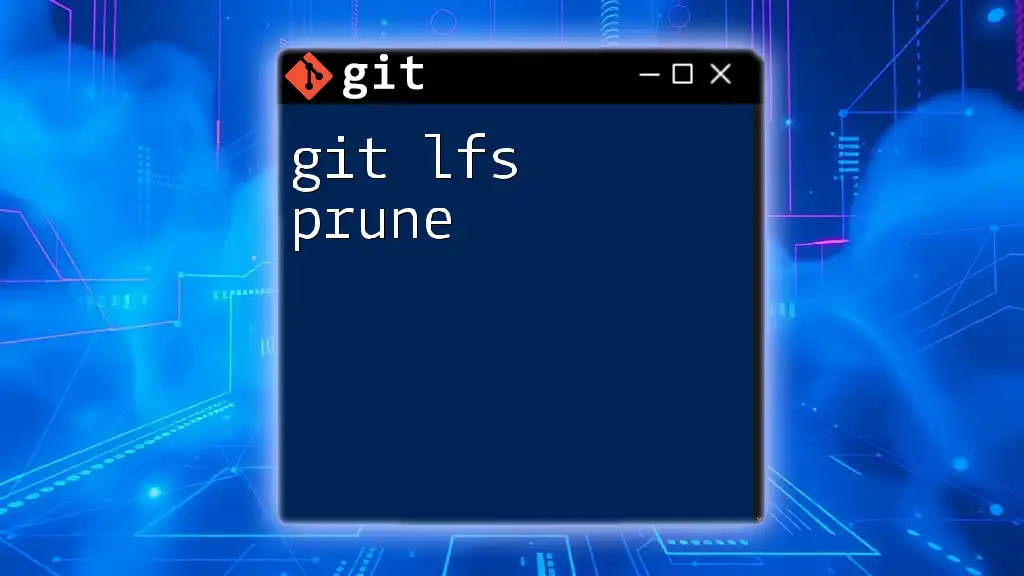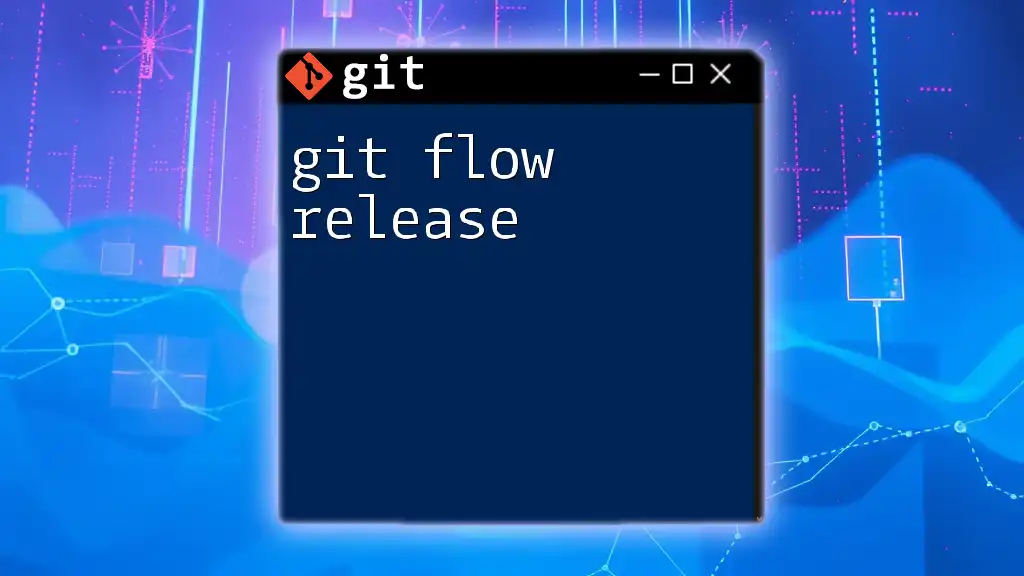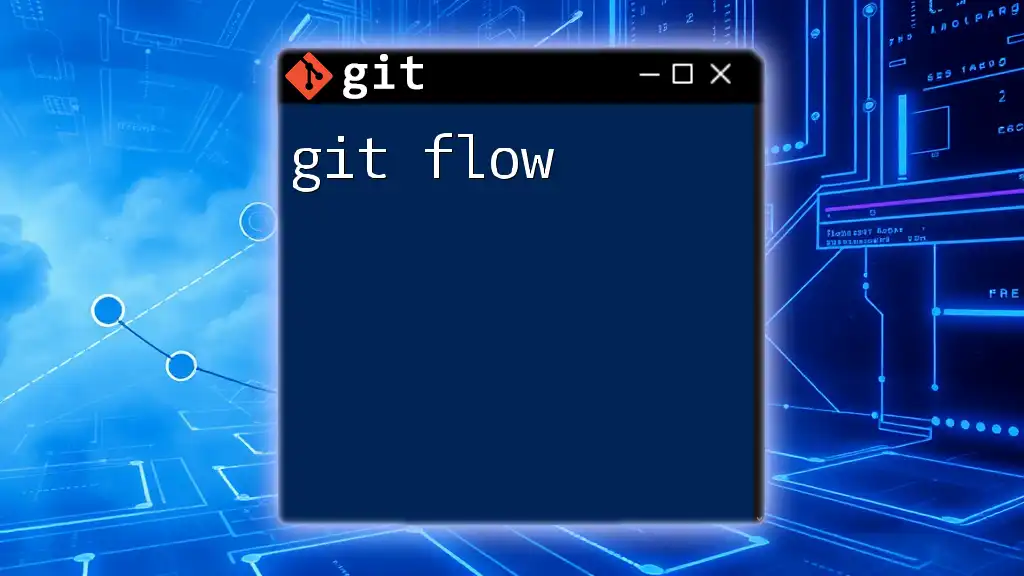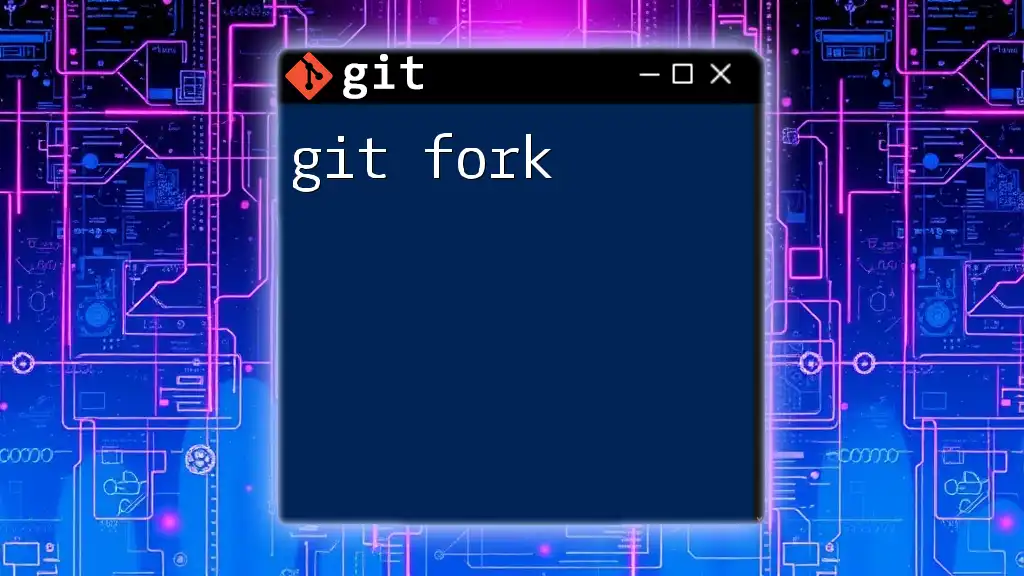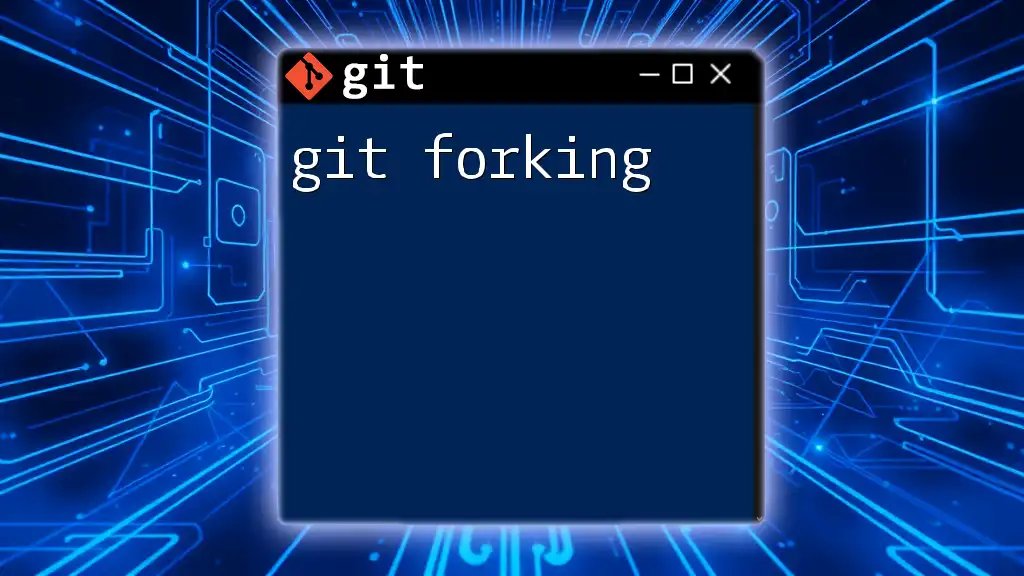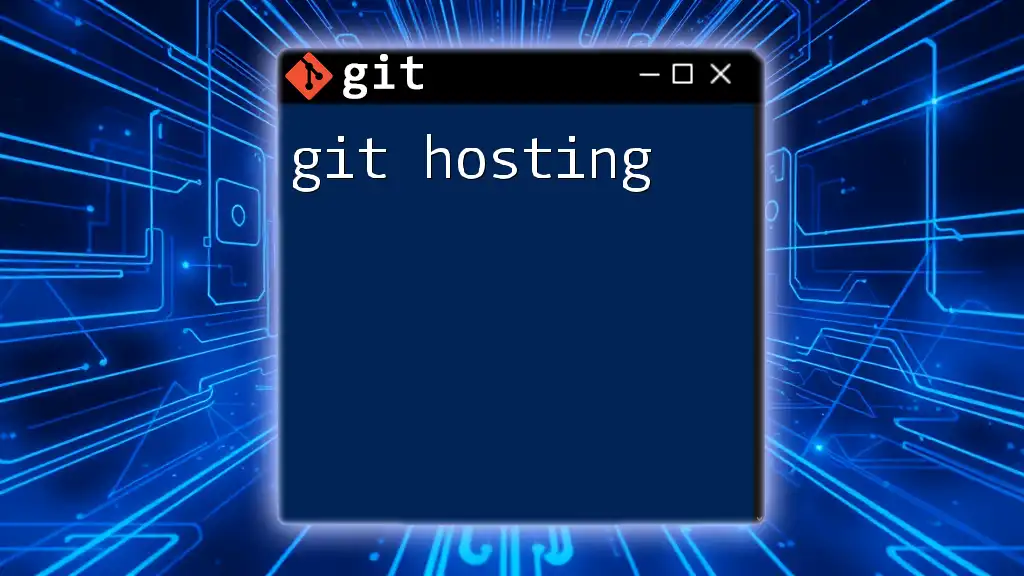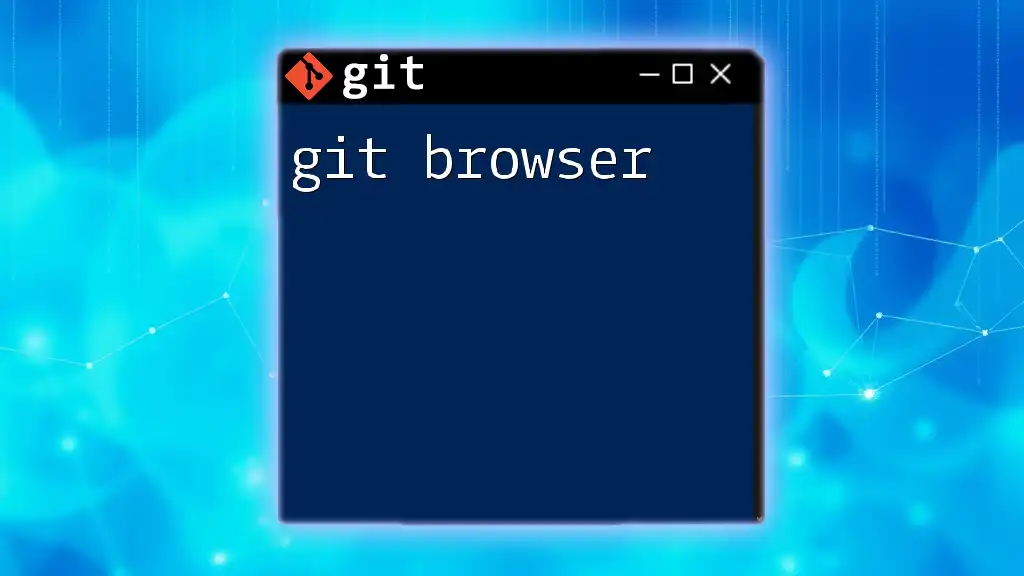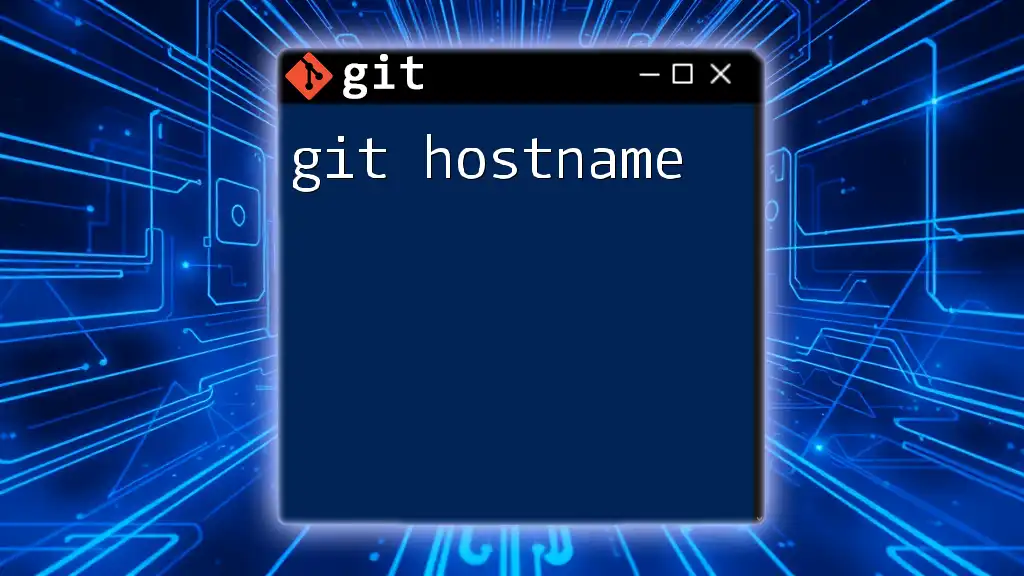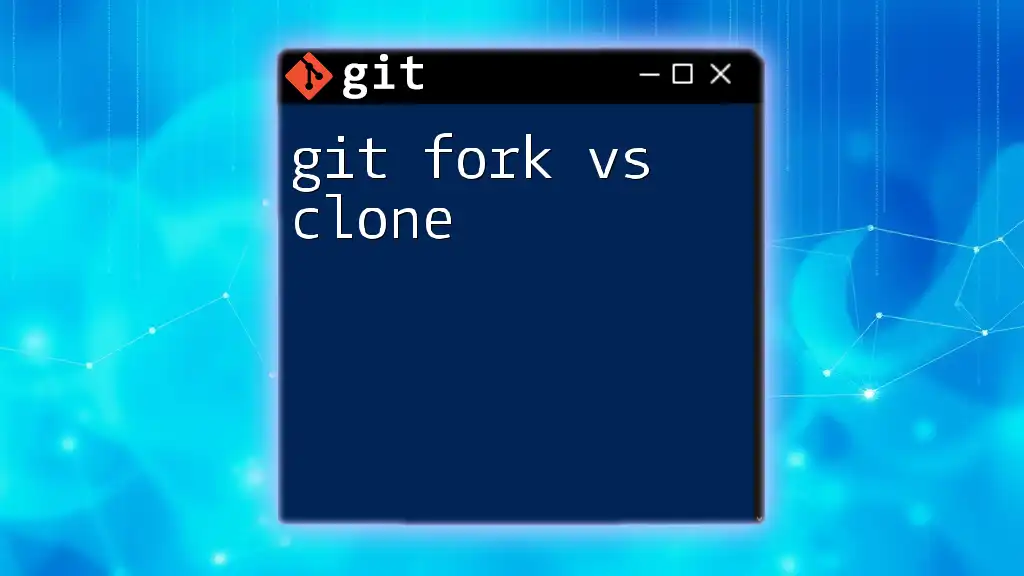Git Flow is a branching model that uses multiple long-lived branches for features, releases, and hotfixes, while Trunk-Based Development emphasizes a single long-lived branch where developers integrate code frequently to streamline collaboration and deployment.
Here's a basic example of switching between branches in Git, which illustrates both methods:
# Git Flow example: switch to a feature branch
git checkout feature/my-feature
# Trunk-Based Development example: switch to the main trunk branch (often 'main' or 'master')
git checkout main
Understanding Git Flow
What is Git Flow?
Git Flow is a branching model introduced by Vincent Driessen, designed to manage complex project workflows. It emphasizes a structured approach to managing the software development lifecycle, providing a clear definition of various branches and their purposes.
Core Concepts of Git Flow
Branch Structure
In Git Flow, the project is organized into multiple branches, each serving a specific function:
- Feature Branches: These branches are used for developing new features. They are typically created from the `develop` branch and, once complete, are merged back into `develop`.
- Develop Branch: This is the integration branch for features. It holds the collective work of all developers and is the interface for preparing releases.
- Release Branches: These branches facilitate the final preparations for a release, allowing for minor bug fixes or issues to be addressed while development continues on `develop`.
- Hotfix Branches: Used for emergency fixes directly on the production version. They allow teams to quickly address critical issues without disrupting the entire flow of development.
For example, to create a new feature branch from `develop`, you would execute:
git checkout -b feature/my-feature develop
Workflow Process
The Git Flow workflow is systematic and involves several key steps:
-
Creating a New Feature: When starting new work, developers create a feature branch from `develop`.
-
Developing and Testing: Developers work on their feature, committing changes to their branch, and regularly merging updates from `develop` to keep their branch in sync.
-
Merging Back to Development: Once a feature is complete and tested, it is merged back into the `develop` branch through a pull request, ensuring that all feature integrations are reviewed before final inclusion.
-
Preparing for Release: When the team is ready for a new version, a release branch is created from `develop`, allowing the team to stabilize the code for production. Final tweaks, testing, and any necessary hotfixes can be managed there.
-
Hotfixes: If an urgent issue is found in production, a hotfix branch is created from the `master` branch, allowing developers to address critical bugs quickly, then merge back to both `master` and `develop`.
Pros and Cons of Git Flow
Advantages
One of the most significant advantages of Git Flow is its structured approach to development. By having a direct definition of branches and their responsibilities, absolute clarity is achieved. This is particularly beneficial for larger teams working on complex projects where multiple features and releases are in play simultaneously.
However, the structure can also have drawbacks. The complexity associated with managing multiple branches can lead to longer merge cycles and potential bottlenecks. It can also create overhead, requiring diligent management and communication among team members to ensure that feature branches are being integrated correctly.
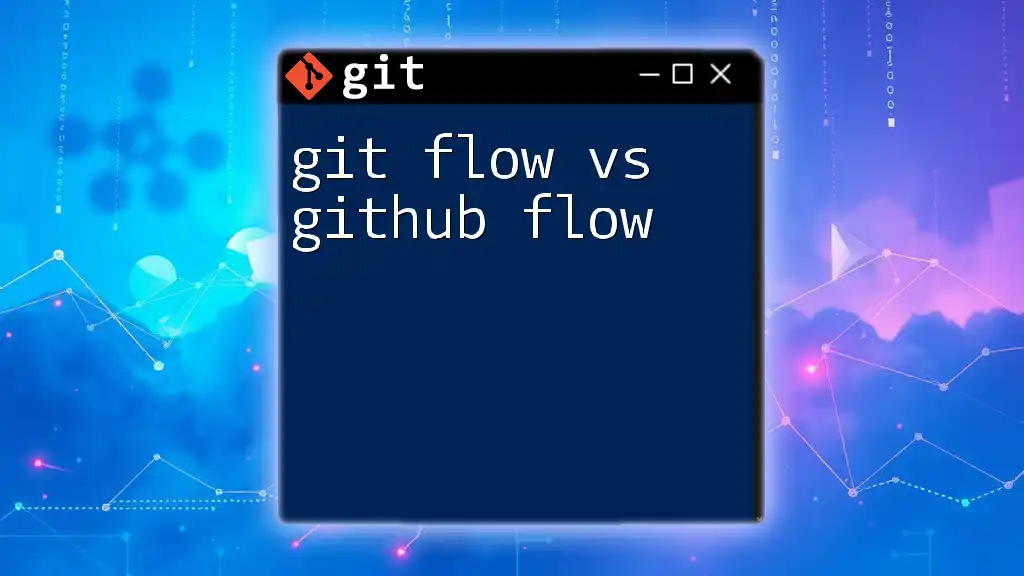
Understanding Trunk-Based Development
What is Trunk-Based Development?
Trunk-Based Development (TBD) is a minimalistic approach to version control that encourages developers to make small, frequent changes directly to a primary branch known as the trunk (often `main` or `master`). The key to TBD is to maintain a constant flow of small, incremental changes that contribute to a stable codebase.
Core Practices of Trunk-Based Development
Branching Strategy
In TBD, the strategy revolves around minimal branching. Developers work primarily on the trunk, with only short-lived feature branches being created when necessary. This significantly reduces coordination overhead and promotes constant integration.
For instance, a developer could perform the following workflow:
git checkout trunk
git pull
git commit -m "Implement my feature"
git push
Frequent integration with the trunk encourages teams to address conflicts as they arise, instead of accumulating conflicts over the lifetime of a long-lived branch.
Continuous Integration
Continuous integration (CI) is a crucial practice in TBD. It ensures that code is automatically tested and deployed when changes are made. This feedback loop allows developers to catch integration issues early, preventing significant roadblocks later in the development lifecycle. Implementing CI tools (like Jenkins, CircleCI, or Travis CI) allows teams to run tests on every commit and provide immediate feedback, drastically enhancing code quality.
Pros and Cons of Trunk-Based Development
Advantages
Trunk-Based Development offers several advantages, including faster releases due to the continuous flow of changes and quicker feedback from automated tests. This fast-paced approach encourages collaboration and communication among team members, fostering a culture where developers are more accountable for their contributions.
However, the disadvantages include a potential lack of structure compared to Git Flow. Because many developers are committing to the same trunk, maintaining stability can become challenging without properly enforced automated testing and quality control practices. Teams must be disciplined in their development approach and proactive in managing their codebase.
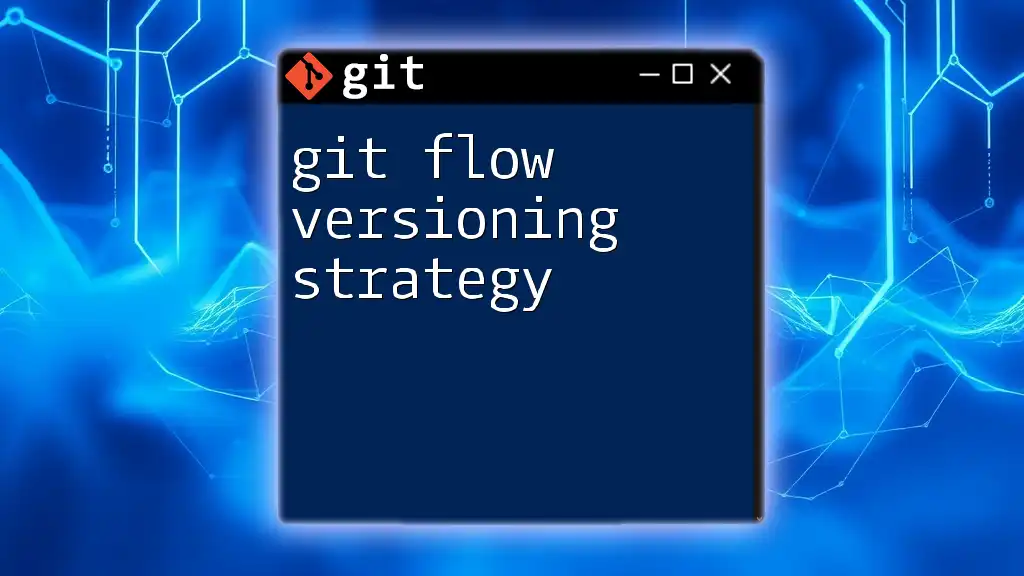
Comparing Git Flow and Trunk-Based Development
Key Differences
When examining Git Flow vs Trunk-Based Development, it’s important to recognize their core differences.
Branching Strategy
Git Flow employs multiple branches for different aspects of the development cycle (features, releases, hotfixes), while Trunk-Based Development focuses predominantly on a single branch with minimal and transient branching.
Use Cases
- Git Flow is often preferable in larger teams or projects with rigorous release schedules where there’s a clear need for isolation of features and versioning. It supports long-term planning and organized releases.
- Trunk-Based Development, on the other hand, shines in environments where speed and rapid iteration are essential. It suits smaller teams or products that aim for a fast-paced release cycle and embrace change.
Which One Is Right for You?
Choosing between Git Flow and Trunk-Based Development often depends on specific factors within your organization or project, including team size, project complexity, and release frequency. Adopting one methodology may require retraining staff and rethinking processes, but doing so can significantly impact team efficiency and productivity.
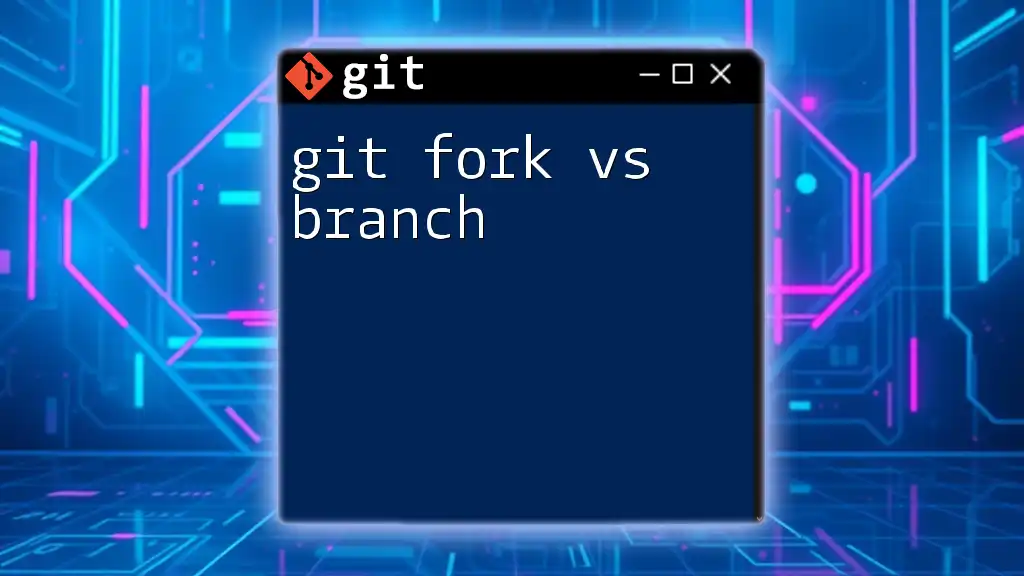
Conclusion
Deciding between Git Flow vs Trunk-Based Development requires an in-depth consideration of your team’s specific needs and project goals. Both methodologies have their advantages and shortcomings, and sometimes, a hybrid approach that incorporates elements of both may provide the best solution.
As you explore these methodologies, consider experimenting with both in your projects. Try out Git Flow for more structured projects and investigate Trunk-Based Development for agile environments. With hands-on experience and the right training, you can become adept at mastering your Git workflow.
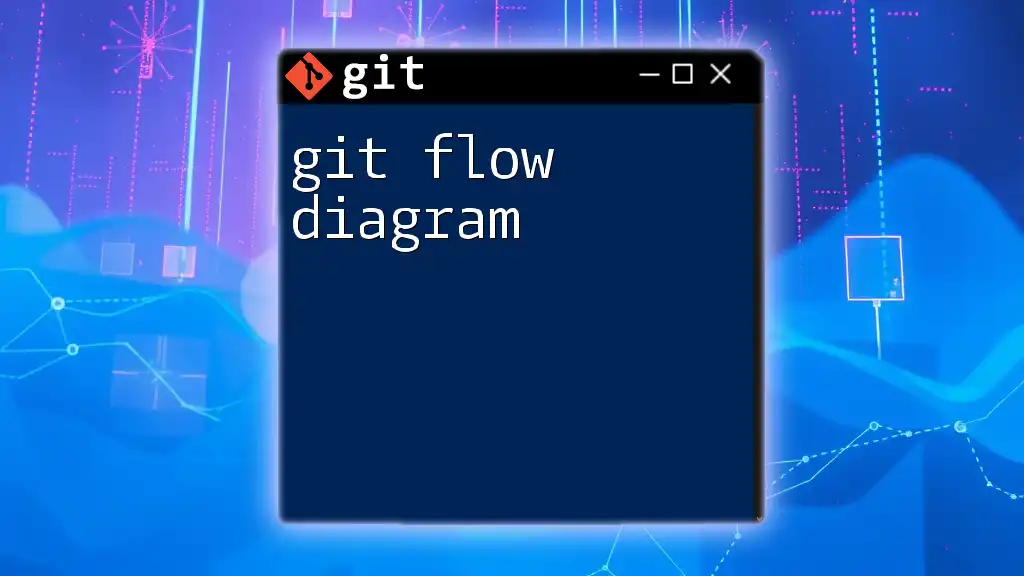
Additional Resources
To deepen your understanding of Git workflows, consider exploring books, articles, or online courses dedicated to these methodologies. The official Git documentation is also a great place to discover everything from command line basics to advanced Git techniques.
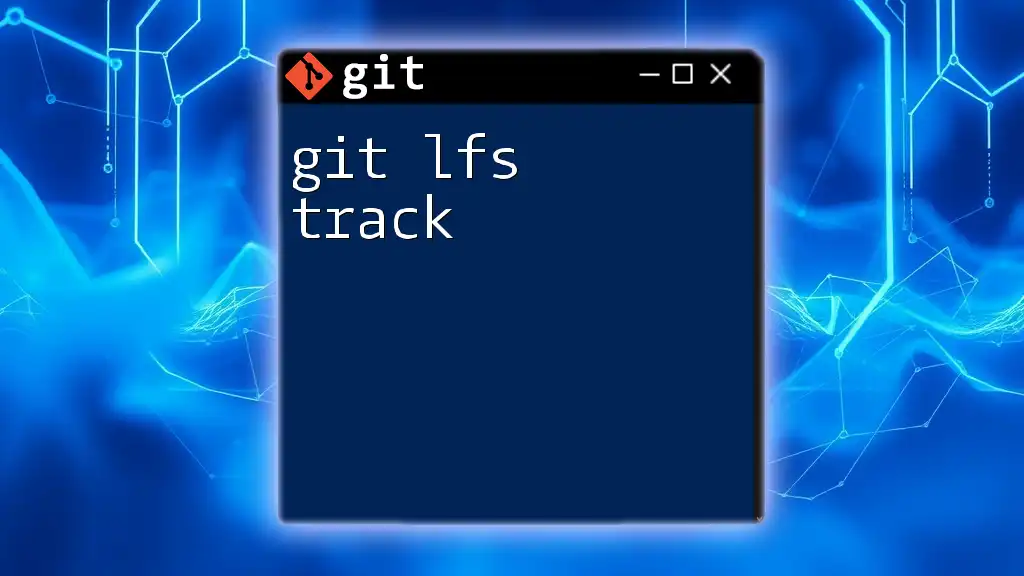
Call to Action
Join us for hands-on training on Git commands and workflows at our company. Whether you’re interested in mastering Git Flow or exploring Trunk-Based Development, we're here to help! Share your experiences or questions about Git Flow and Trunk-Based Development in the comments below.







